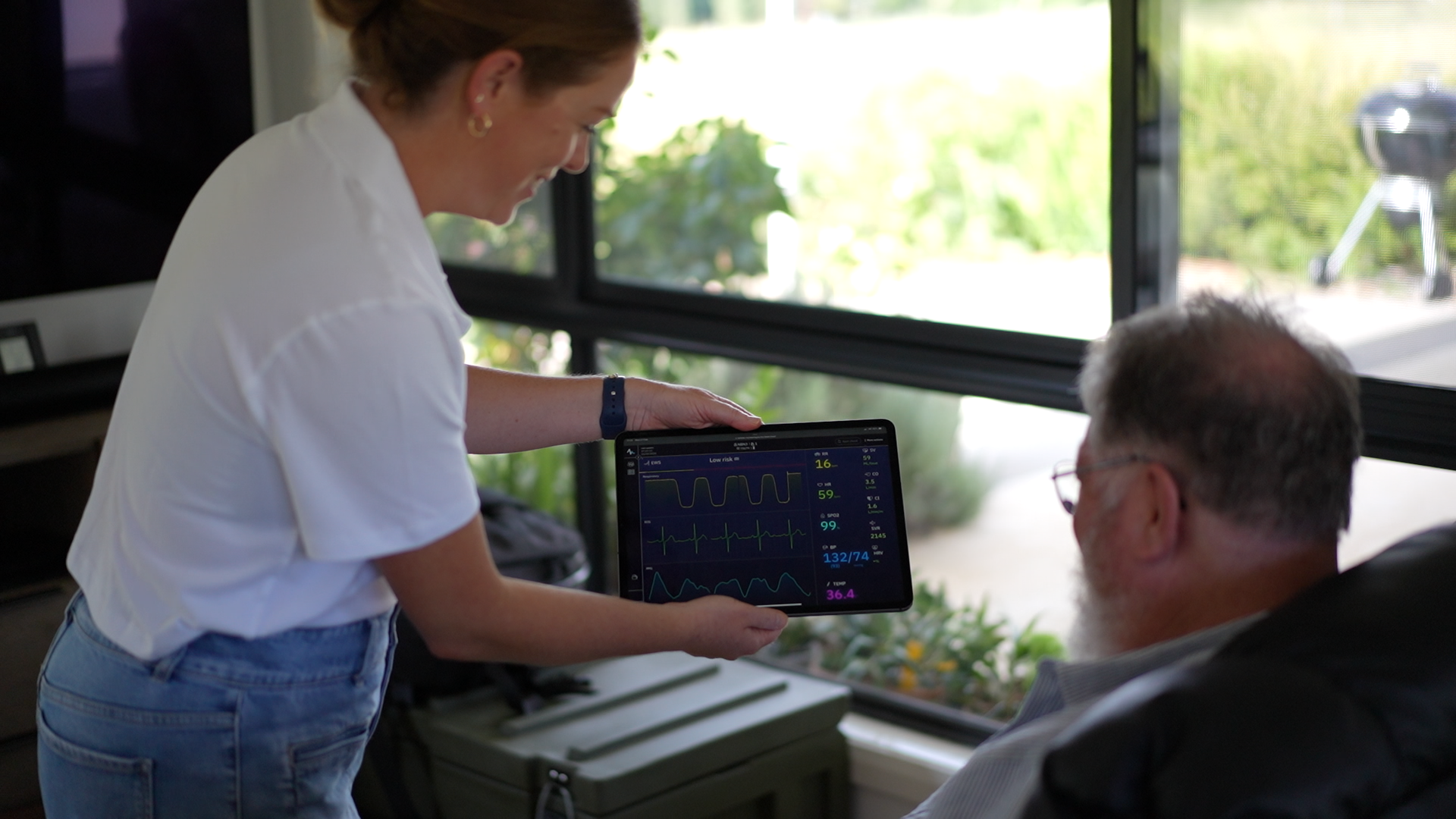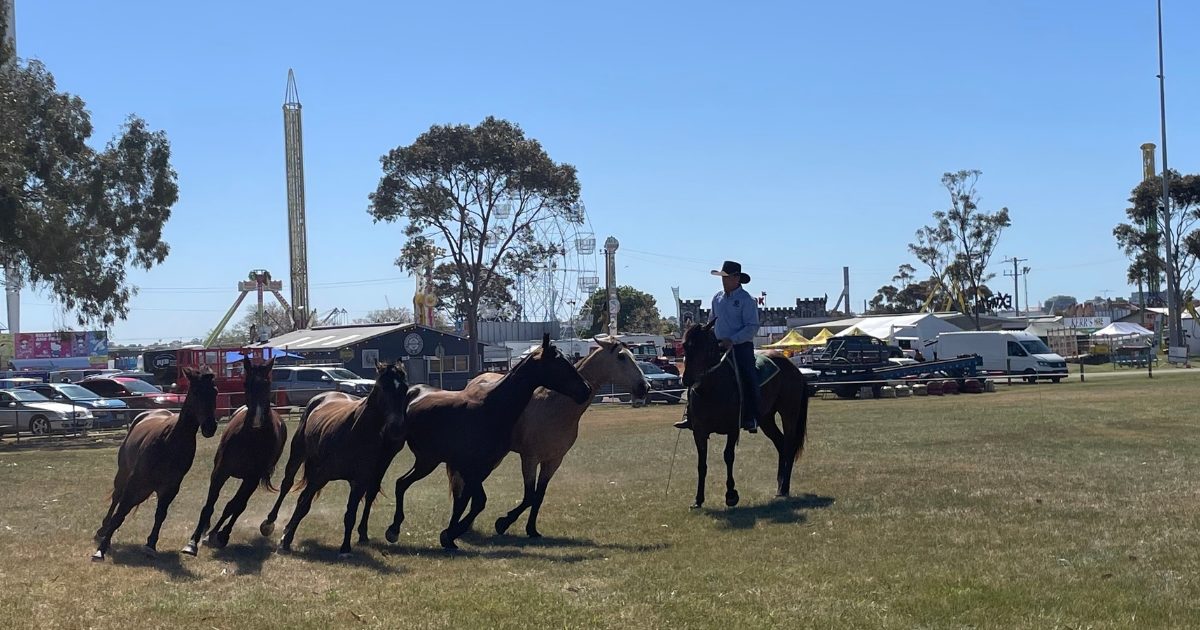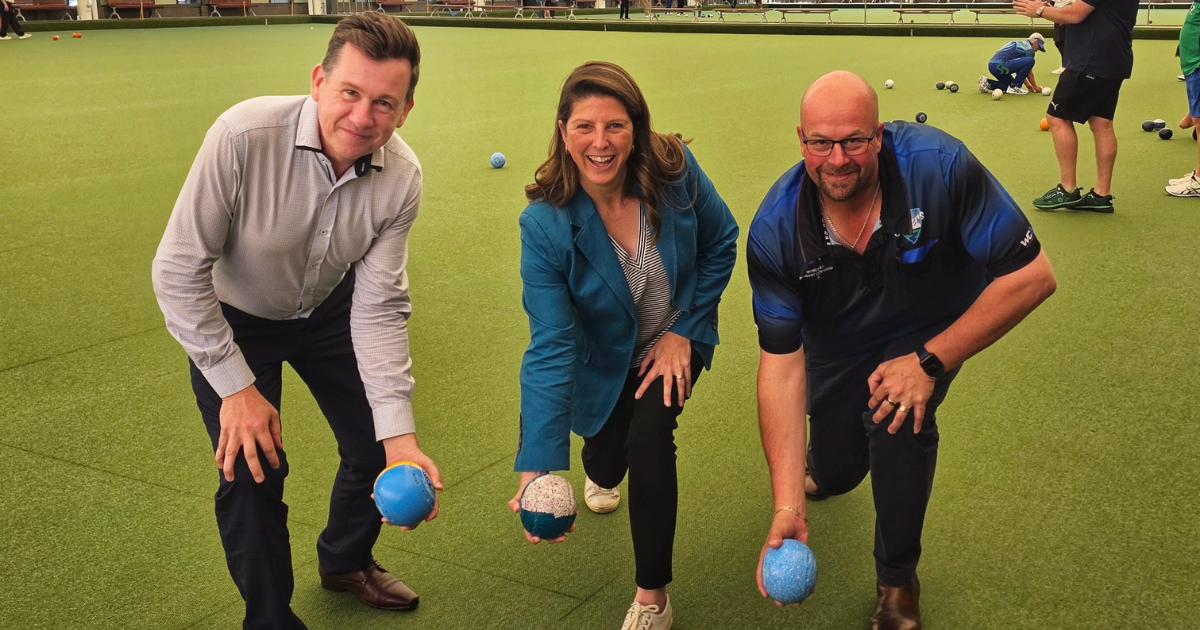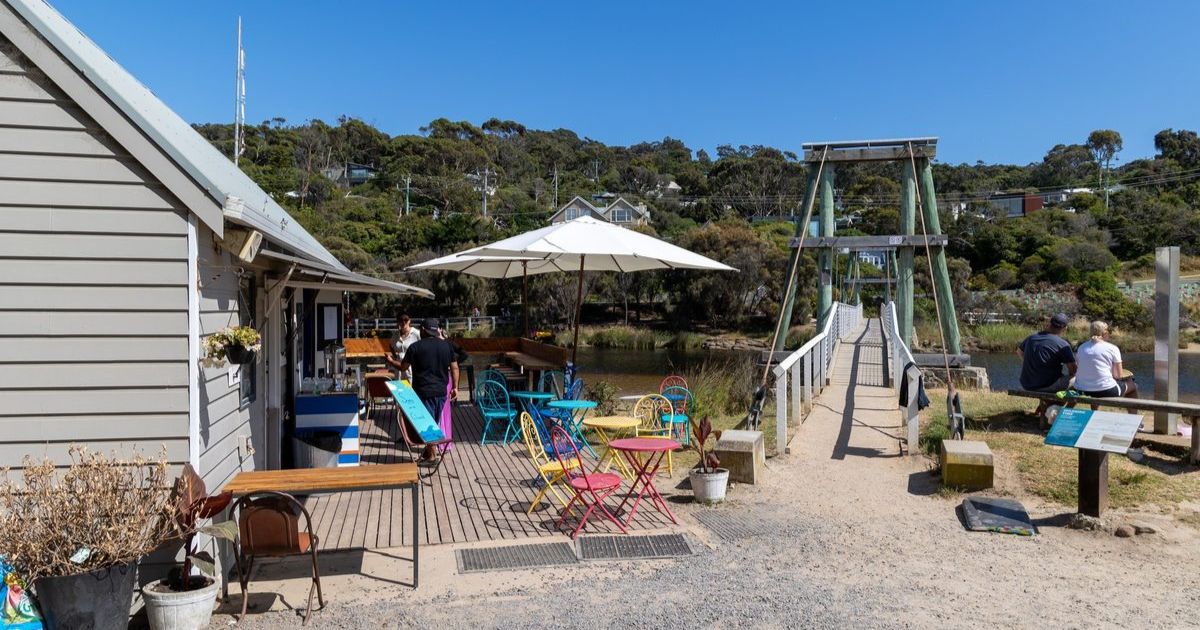Remote monitoring could help improve regional healthcare

Husband-and-wife team Rod and Deborah Martin developed ObservaCare with the goal of providing better healthcare to regional patients. Picture Simon Scott, photographer
By Elizabeth Habermann
Data-driven healthcare could revolutionise medical care for regional Australians thanks to an innovative new service, ObservaCare, made possible by the quality and reach of the nbn network.
ObservaCare is a remote-patient monitoring system tracking patients’ vital signs via wearable technology hoped to facilitate early detection and intervention for health issues.
This advancement not only reduces the need for long commutes to medical appointments but also provides a comprehensive view of patient health over time.
“Without data, doctors are flying blind so this takes away that issue,” ObservaCare founder and rural doctor Rod Martin said.
“At a glance we can see what the past two months looked like for someone and scroll through it in 60 seconds. You can capture trends and get a much richer sense of what is “normal” for a patient, what is a blip and what is a deterioration over time.
“When I worked in Queensland I’d have patients who drove two hours for a 15-minute appointment and I’d only get one chance to take vitals. You can’t see trends with that measurement.”
To capture the data, patients wear a watch that tracks vitals and uploads the data to healthcare professionals or a chest patch can be used if ECG monitoring is required.
“The upload doesn’t use a huge chunk of data or speed so we can put it on patients no matter what type of internet connection they have,” ObservaCare co-founder Deborah Martin said.
The entire premise of ObservaCare was made possible by the existence and quality of the current nbn network.
“We couldn’t have conceived of ObservaCare without nbn,” Deborah said.
“We rely on quick data download and upload for our service, without it we couldn’t develop our service.
“We have a tremendous opportunity to capitalise on the existence of the nbn network to help solve some of the bigger problems like the healthcare gap between rural and metropolitan Australia.”

A small trial of ObservaCare in an aged-care facility proved the power of data tracking.
One resident who was non-verbal had a spike in blood pressure and pulse rate 45 minutes before the ambulance was ordered. It turned out he had a kidney stone.
“That change in vitals tells me he is in pain but he couldn’t tell anyone,” Rod said.
Not only did the data tracking indicate the resident’s pain before it was visibly noticeable but it also gave staff data to back their observations.
“These workers see patients on a regular basis and they are intimately aware of changes and know when they’re off,” Deb said.
“Trying to communicate “a little off” with a busy GP doesn’t carry a lot of weight and doesn’t mean action will be taken so they could see the value of this data to help communicate their concerns to doctors.”
The next stage of ObservaCare is a larger-scale trial of 200 to 250 patients using 50 devices provided a grant can be secured.
Patients within the Armidale region and surrounds will be selected to use the devices with the data fed back to their doctors.
“We want to see what difference it makes to patients and if they get to higher-level care earlier,” Rod said.
“Early intervention is a cheaper intervention. People don’t end up in intensive care, or as an inpatient for as long.”
Results will showcase if the data-driven approach helps regional Australians access healthcare faster.
- This is sponsored content for nbn
Note: This article is not intended to, nor does it, provide medical advice.

















